Forget 8K video, the GoPro Hero 13 Black’s swappable lenses are a masterstroke and the future of action camera design
Opinion: GoPro has taken action cameras on an exciting new path
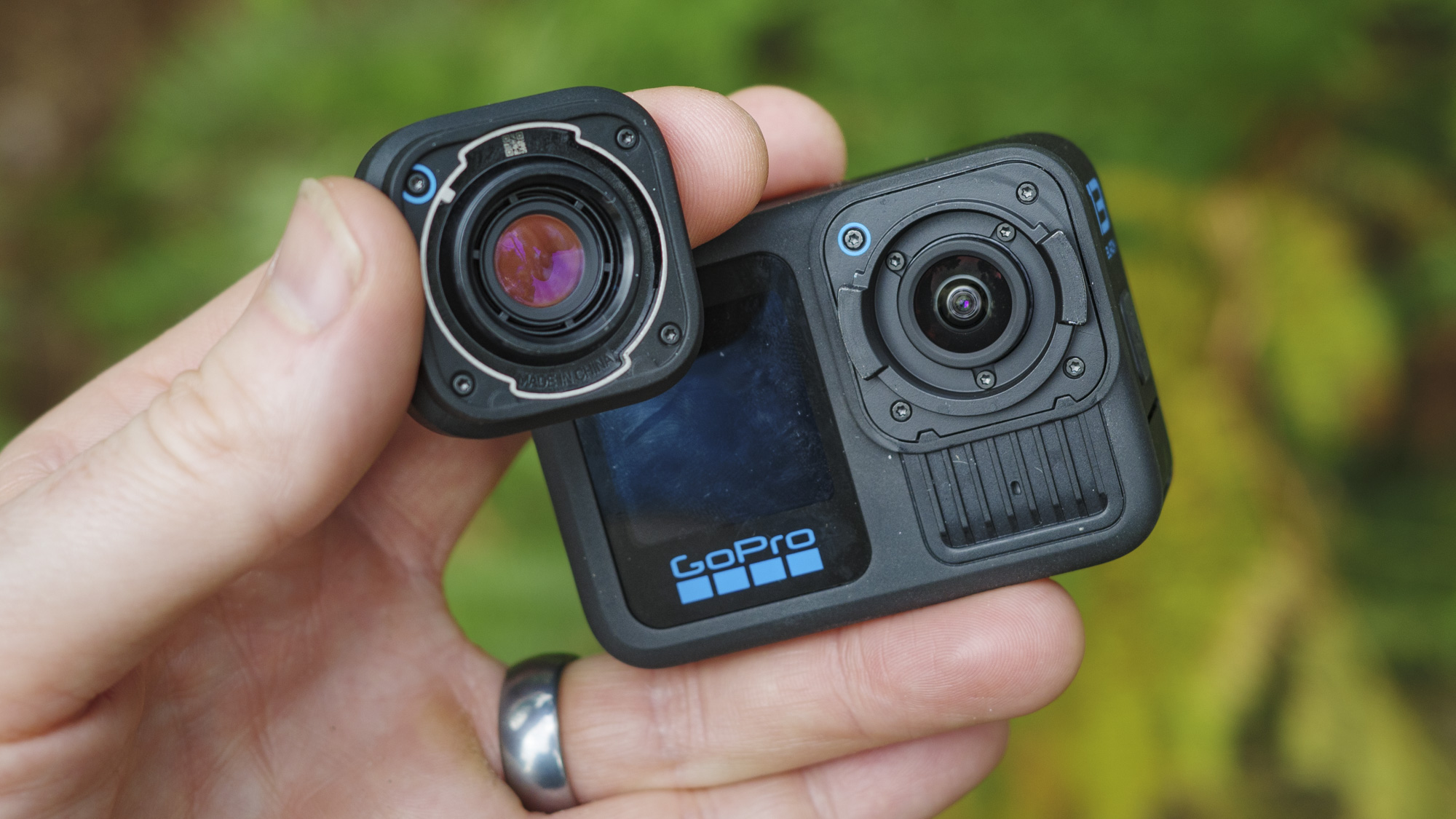
GoPro didn't deliver a new sensor or up video resolution to 8K in its latest flagship Hero 13 Black – improvements many fans were hoping for and without which seemingly gives rivals DJI and Insta360 the upper hand. In fact, you could say very little has changed from GoPro's previous flagship, the Hero 12 Black, at all – here are 5 headline Hero 13 Black vs Hero 12 Black differences, in case you're interested.
However, I think GoPro has blazed a most compelling trail for action cameras, more so than pixels and better low light performance, and that's swappable lenses.
With one seemingly insignificant hardware tweak, and introducing a new 'HB-series' of lenses and ND filters, GoPro has shown us what the future of the best action cameras could be, and it's a rosy outlook.
Alongside the Hero 13 Black, GoPro announced new Macro, Ultra Wide and Anamorphic lenses – what the action-camera king calls Lens Mods – plus a 4-set of ND filters. Even better, the camera can auto-detect which Lens Mod is attached and auto-adjust its settings accordingly. This could and should be just the beginning.
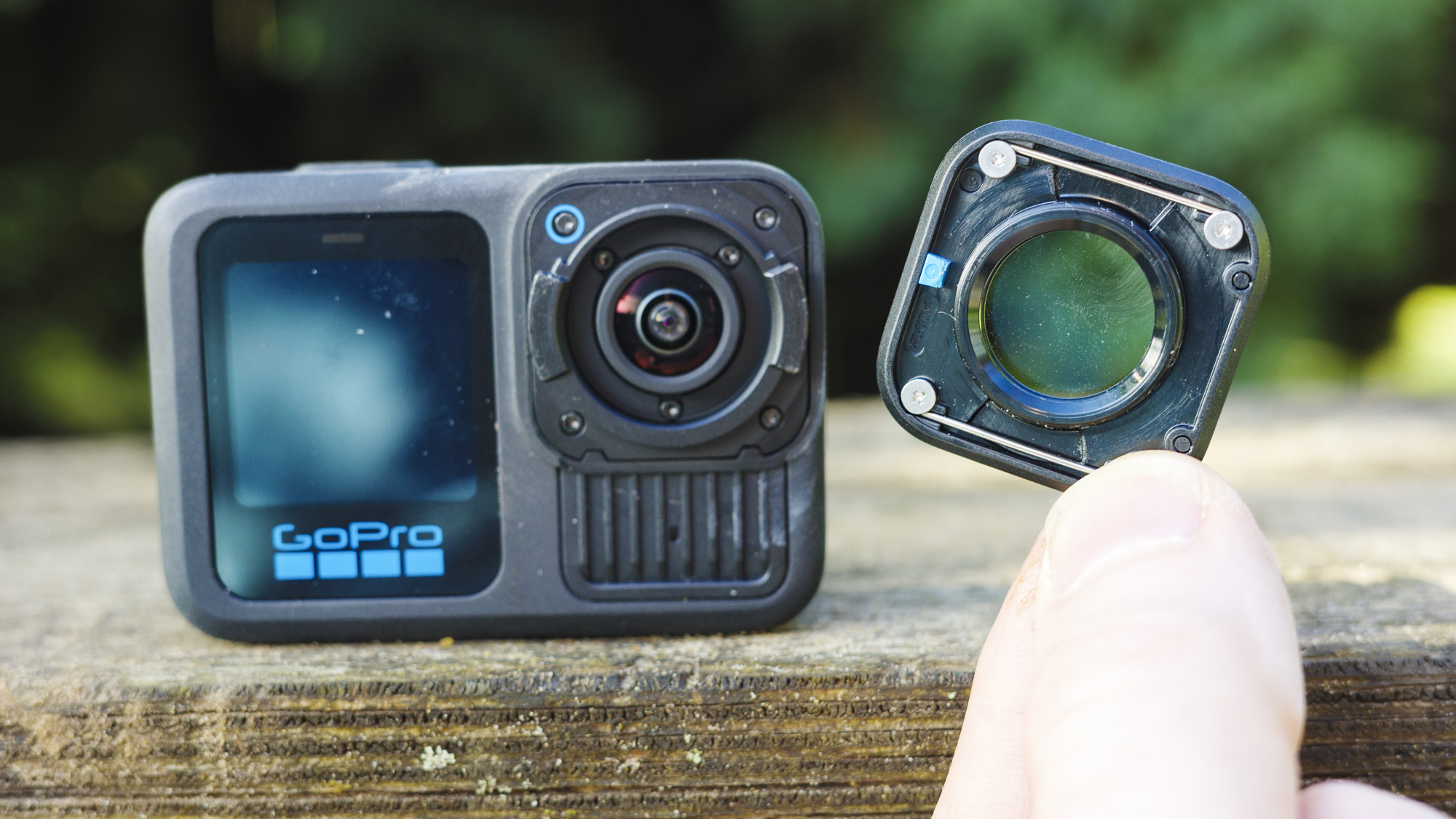
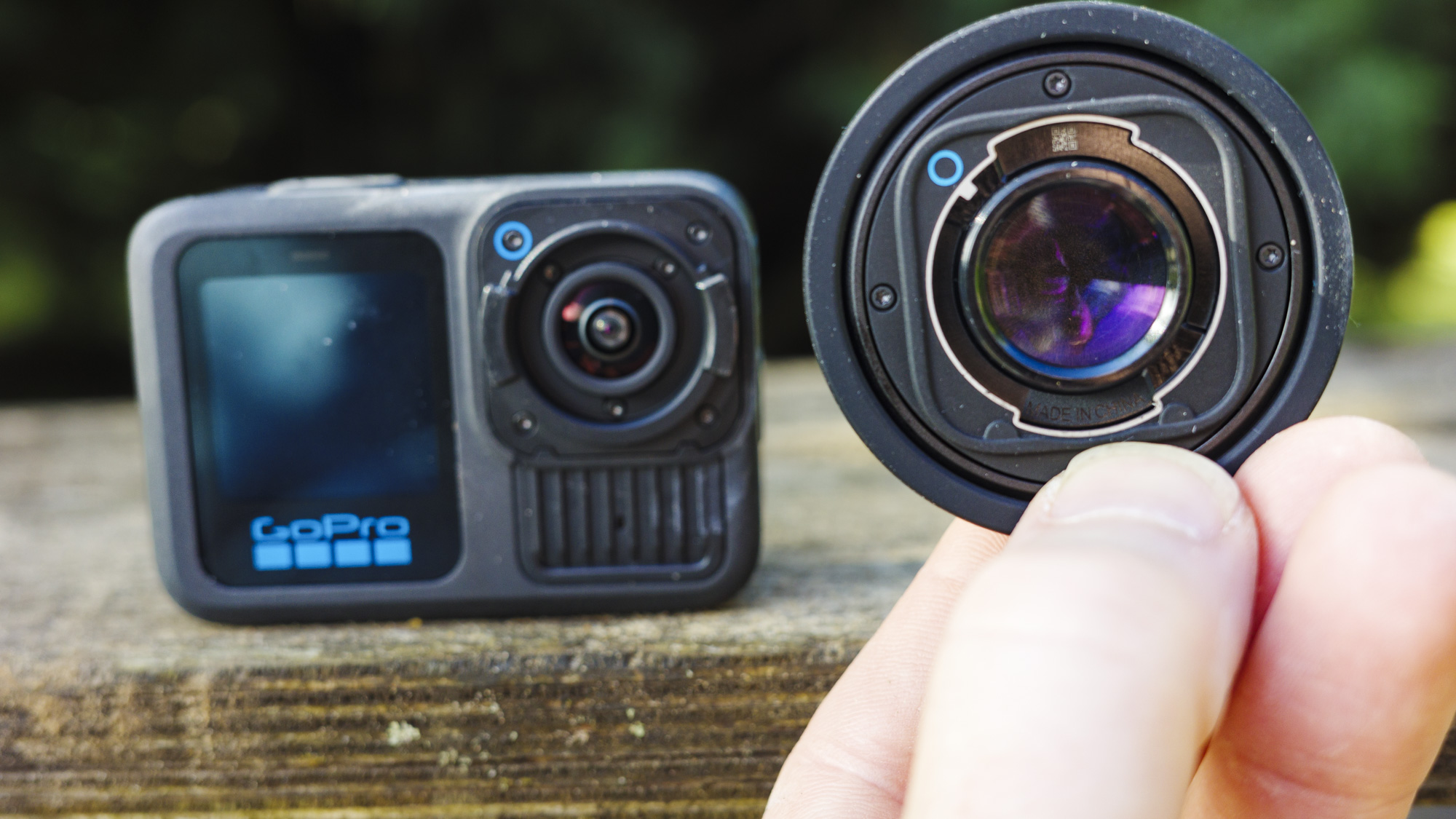
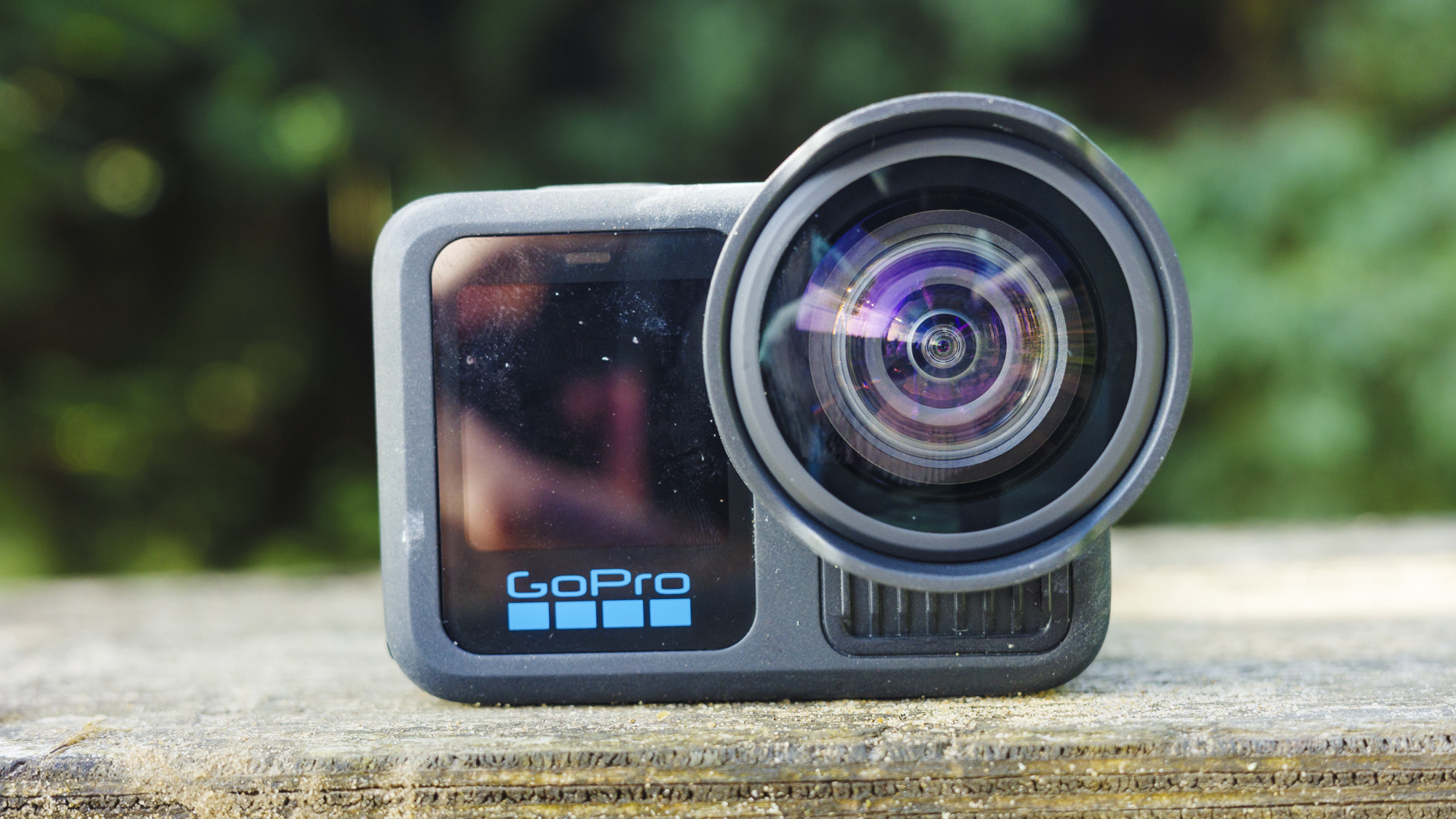
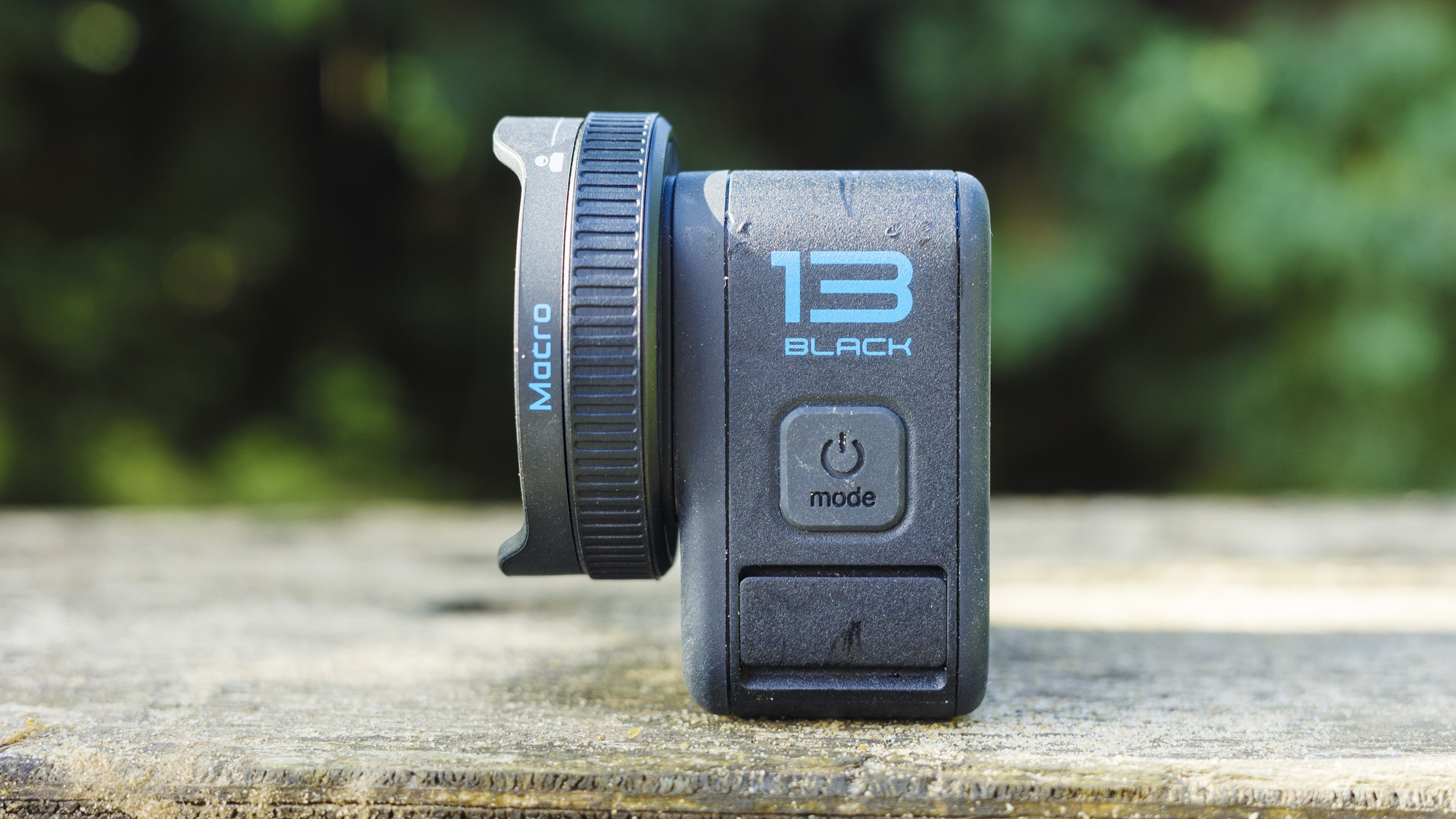
These first HB-series auto-detected lenses open up the Hero 13 Black to a raft of new users, from serious filmmakers to vloggers, bolstering what the humble action camera can do. (The Hero 12 Black debuted the Max Lens Mod, which is essentially the same as the new Ultra Wide Lens Mod but isn't auto-detected.)
Lens Mods are an optional extra – Macro Lens Mod ($129.99 / £129.99 / AU$249.95), Ultra Wide Lens Mod ($99.99 / £99.99 / AU$169.95), ND Filter 4-pack ($69.99 / £69.99 / AU$119.95), Anamorphic Lens Mod ($129.99 / £129.99 / AU$219.95 but isn't available until 2025) – meaning the cost stacks up, especially if you're interested in the lot. Even so, GoPro's flagship is fairly priced, and considering what you're building with the camera and lens, I think it's a price worth paying. Here's why.
New lenses means new looks and new possibilities
I've already used the Ultra Wide and Macro Lens Mods, utilizing the Ultra Wide lens when go-karting and mountain biking to fit more in the frame, and the Macro Lens to capture details.
Get daily insight, inspiration and deals in your inbox
Sign up for breaking news, reviews, opinion, top tech deals, and more.
Macro Lens Mod in particular is a revelation. It reduces the Hero 13 Black's close-focusing distance to 4.3 inches / 11cm – that’s 4x closer than the built-in lens. When testing the Hero 13 Black and rivals like DJI Osmo Action 4, I've found close focusing limitations an issue – you can't easily hold the camera as close as you'd like for selfies. With this one accessory, GoPro has opened the Hero 13 Black to a huge slice of potential new users, especially vloggers.
I had a quick hands-on with the Anamorphic Lens Mod, though it was a pre-production version as the lens isn't due to be launched until 2025. GoPro has shared some clips taken with the lens that look great.
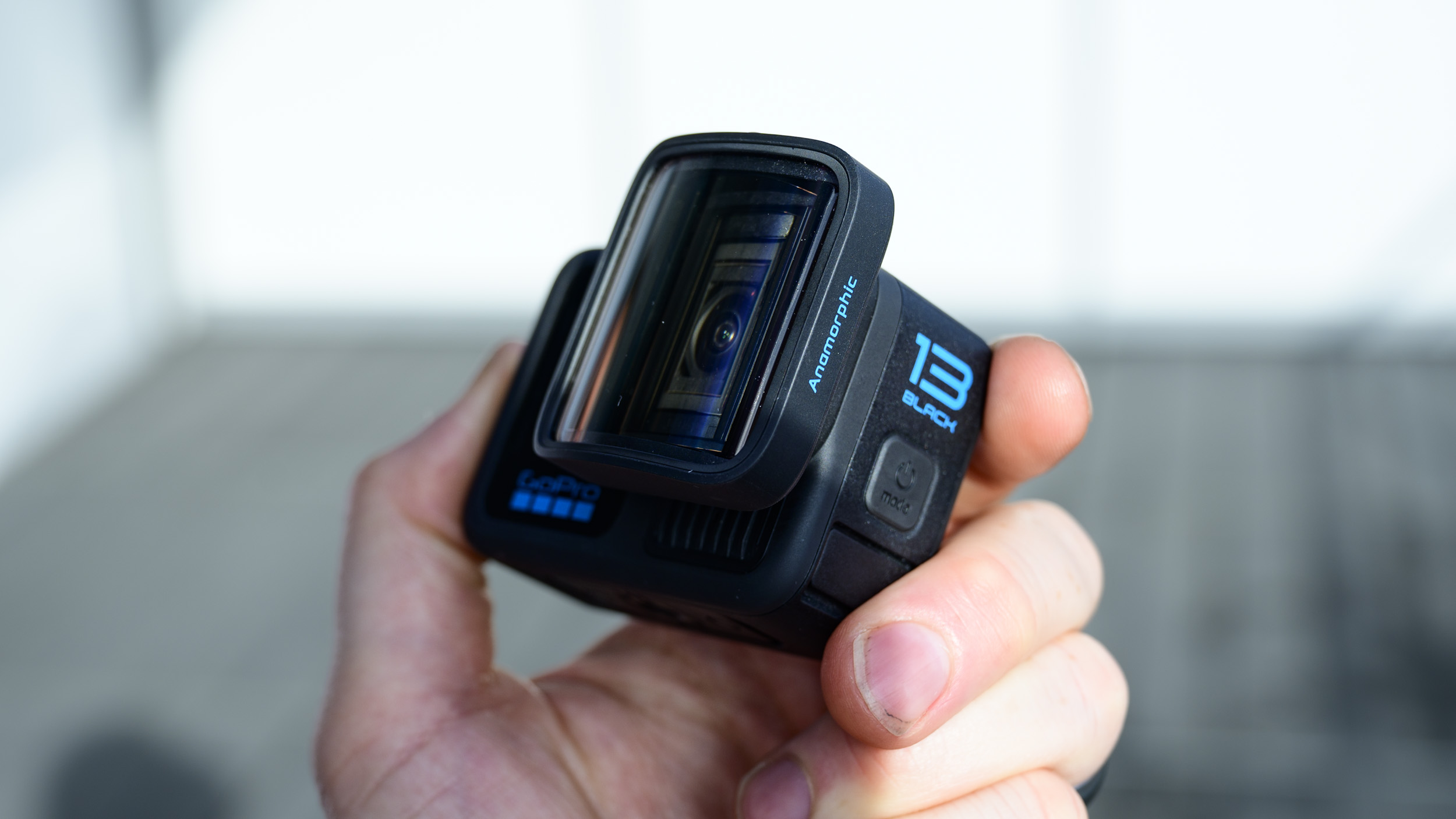


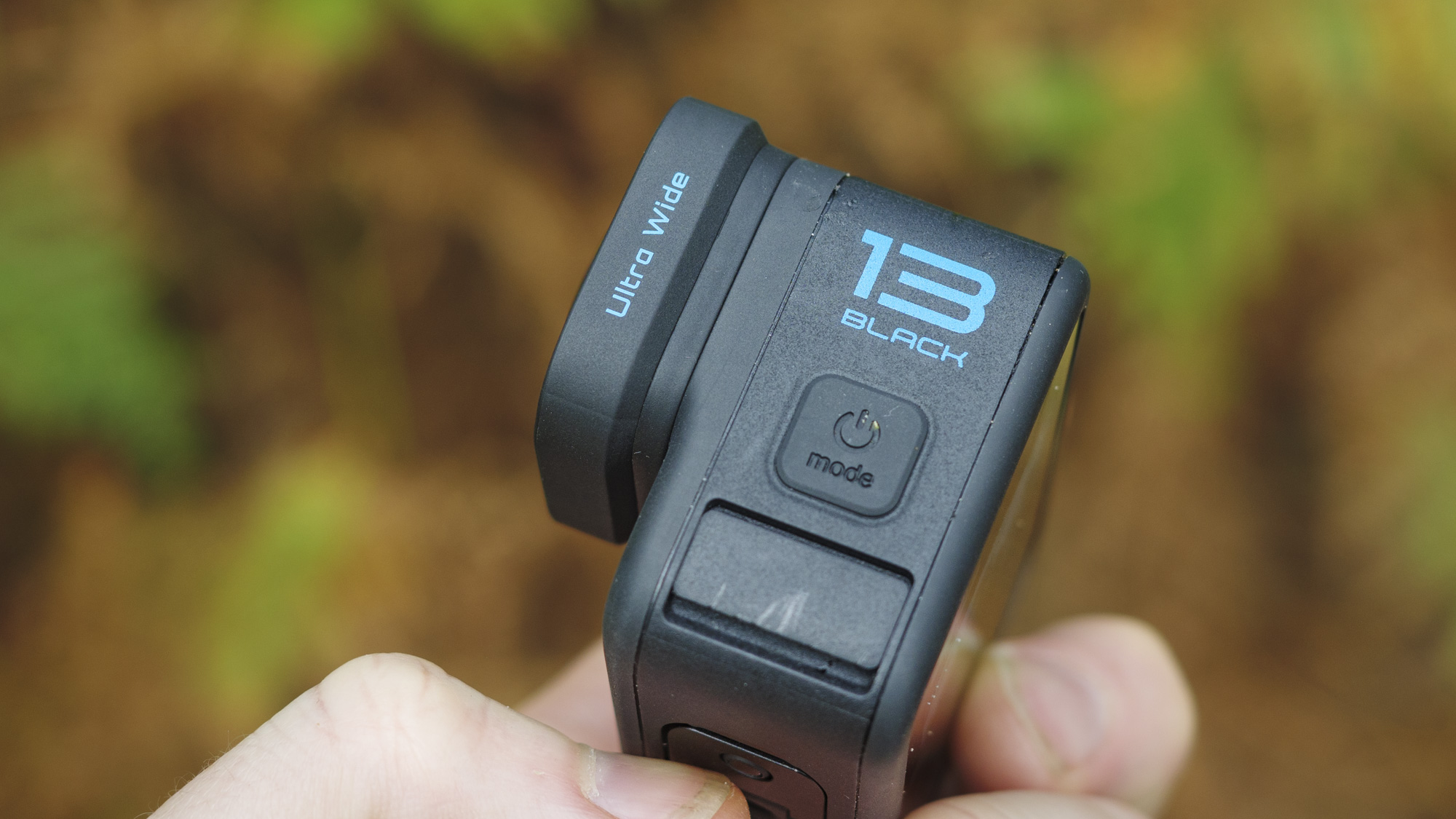
DJI's Osmo Action 4 has a bigger sensor and better low light performance than the Hero 13 Black, while Insta360's Ace Pro boasts higher resolution 8K video to the Hero 13 Black's 5.3K video. And successors to both of those cameras are rumored to be on the way very soon; the DJI Osmo Action 5 Pro and the Insta360 Ace Pro 2.
However, I don't think we need 8K video in an action camera. GoPro's flagship already has enough detail in its 5.3K video and 27MP photos and, with its latest model's new accessories, it now offers the best user experience – you can read my hands-on review for more info about the camera.
You don't need a big imagination to think up where GoPro could go with its new line of accessories – it's the most exciting development in action cameras for some time. GoPro's tiny and waterproof flagship Hero products could become the go-to gear for shooting cinematic footage that's otherwise impossible or too costly with full-size gear.
You might also like

Tim is the Cameras editor at TechRadar. He has enjoyed more than 15 years in the photo video industry with most of those in the world of tech journalism. During his time as Deputy Technical Editor with Amateur Photographer, as a freelancer and consequently editor at Tech Radar, Tim has developed a deeply technical knowledge and practical experience with cameras, educating others through news, reviews and features. He’s also worked in video production for Studio 44 with clients including Canon, and volunteers his spare time to consult a non-profit, diverse stories team based in Nairobi. Tim is curious, a keen creative, avid footballer and runner, and moderate flat white drinker who has lived in Kenya and believes we have much to enjoy and learn from each other.